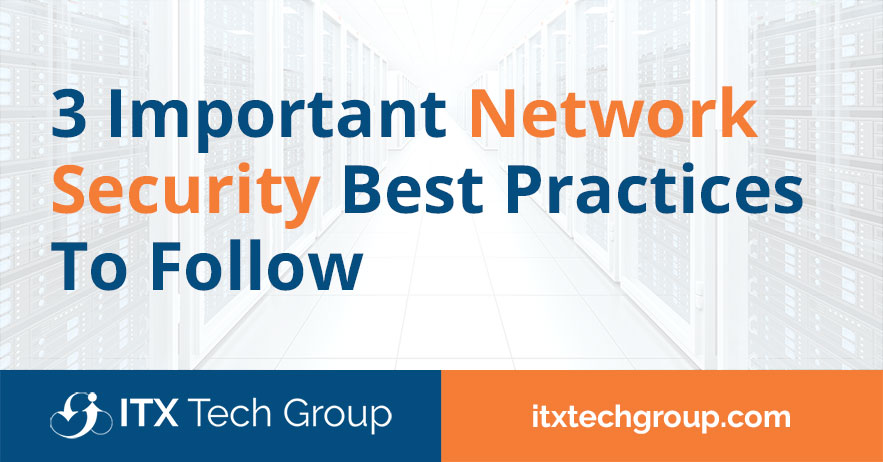In the ever-evolving landscape of technology, where networks serve as the backbone of digital communication, ensuring robust network security has become a paramount concern.
Network security encompasses a range of strategies and practices designed to safeguard the integrity, confidentiality, and availability of data as it travels across interconnected devices and systems.
In this article, we’ll delve into what network security entails and explore three crucial best practices that every individual and organization should follow to fortify their digital domain.
Understanding Network Security
Network security refers to the protection of a computer network infrastructure from unauthorized access, misuse, modification, or denial of service.
It encompasses a comprehensive approach to safeguarding both the hardware and software components of a network, as well as the data that flows through it.
Network security is essential to prevent cyberattacks, data breaches, and other malicious activities that can compromise sensitive information and disrupt business operations.
Three Important Network Security Best Practices
1. Implement Robust Access Control Mechanisms
Access control lies at the heart of network security. Controlling who can access your network resources is a fundamental step in preventing unauthorized users from gaining entry. Here are some key access control best practices:
a. Authentication and Authorization: Enforce strong authentication methods, such as multi-factor authentication (MFA), to verify the identities of users. Combine this with robust authorization protocols to ensure that users only have access to resources necessary for their roles.
b. Network Segmentation: Divide your network into segments to limit the lateral movement of attackers. This prevents a single breach from compromising your entire network.
c. Role-Based Access Control (RBAC): Assign roles and permissions based on job responsibilities. This minimizes the risk of users accessing sensitive data or making unauthorized changes.
2. Regularly Update and Patch Systems
Keeping your network infrastructure up to date is a critical aspect of network security. Cybercriminals often exploit known vulnerabilities in outdated software. Regular updates and patches help mitigate these risks:
a. Software Patch Management: Establish a routine schedule to apply security patches and updates to operating systems, applications, and network devices. Automate patch management where possible to ensure timely protection.
b. Network Device Security: Change default credentials on network devices and routers. Keep firmware and software on these devices updated to prevent potential security gaps.
3. Implement Strong Network Monitoring and Intrusion Detection
Detecting and responding to suspicious activities in real-time is key to minimizing the impact of potential security breaches. Network monitoring and intrusion detection are vital components of an effective security strategy:
a. Intrusion Detection and Prevention Systems (IDPS): Deploy IDPS solutions to monitor network traffic for signs of unauthorized access, malware, and other suspicious activities. These systems can automatically block or alert administrators about potential threats.
b. Log Analysis: Regularly review and analyze network logs to identify unusual patterns or activities that might indicate a breach. Log analysis can provide valuable insights into potential security incidents.
c. Security Information and Event Management (SIEM): Implement a SIEM system to aggregate and correlate security events across your network. This enables centralized monitoring and faster incident response.
Conclusion
Network security is a critical component of the digital age, where data and communication traverse interconnected networks.
By understanding the importance of access control, staying vigilant with updates and patches, and investing in robust network monitoring and intrusion detection, individuals and organizations can significantly enhance their network security posture.
The evolving threat landscape requires a proactive and holistic approach to network security, and these best practices provide a solid foundation for safeguarding your digital domain against cyber threats.
ITX Tech Group has been serving small, medium, and large scale businesses with their IT support needs all over the United States since 2011, so we’re confident we can provide you with affordable, professional IT solutions for years to come!
Connect with us for a free consultation to discuss your business technology needs.

